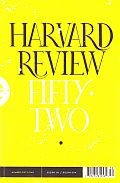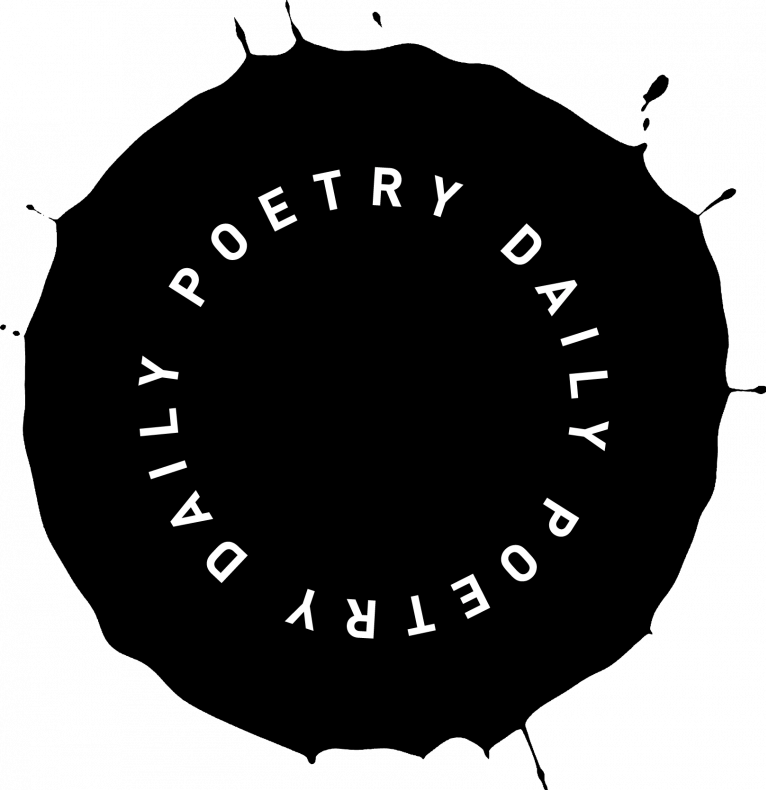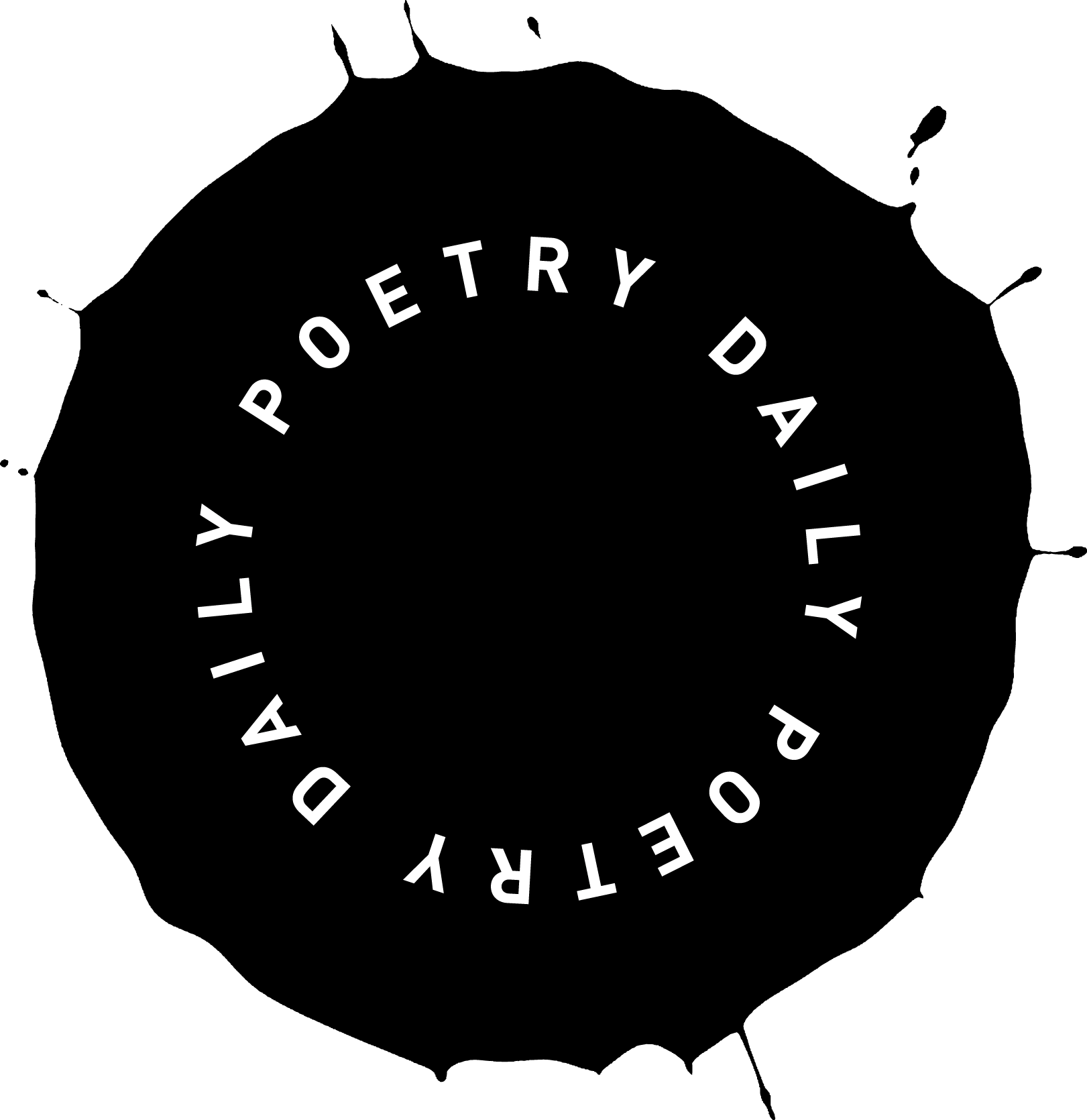I used to boast that I never lived in a city without a Vermeer.—You do now, a friend pointed out, when the one Vermeer in my city
was stolen.It’s still missing.The museum displays its empty frame.But there are eight Vermeers in New York, more than any other city—
and not so far away.Sometimes even more.Once, the visiting Vermeer was one of his most beloved paintings.It was even more beautiful than I remembered.A young girl, wearing a turban of blue and yellow silk, is just turning
her face to watch you entering the room.She seems slightly distracted by someone a little off to your right, maybe
someone she knows better than you.Her mouth is slightly open, as if she’s just taken a breath and is about
to speak.The light falling on her is reflected not only on her large pearl earring
but also in her large shining eyes (“Those are pearls,” sings Ariel of a
man drowned in a tempest at sea,“that were his eyes”).And on her moist lips.There’s even a little spot of moisture in a corner of her mouth.Some art historians think this was not intended to be a portrait, just a
study of a figure in an exotic costume.Yet her presence is so palpable, she seems right there in the room with
you, radiating unique and individual life.Already in the museum is another Vermeer in which a woman writing
a letter has a similar pearl earring.She’s interrupted by her maid handing her a letter—is it from the person
she’s just been writing to?And in a nearby museum there’s a painting of a young woman with
piercing eyes and another enormous pearl dangling from her ear (a
“teardrop pearl”).She’s staring out a window and tuning a lute.Scholars tell us that these pearls aren’t really pearls—no pearl so large
has ever come to light.No oyster could be big enough.So the famous pearl is probably just glass painted to look like a pearl.Pearl of no price.Yet as you look, the illusion of the pearl—the painted pearl, glistening,
radiant, fragile, but made real by the light it radiates—becomes before
your eyes a metaphor for the girl wearing it.Or if not the girl, then Vermeer’s painting of her.
Vermeer’s Pearl
Feature Date
- August 21, 2018
Series
Selected By
Share This Poem
Print This Poem
Copyright © 2018 by Lloyd Schwartz
All rights reserved.
Reproduced by Poetry Daily with permission

Number 52
Cambridge, Massachusetts
Editor
Christina Thompson
Poetry Editor
Major Jackson
Managing Editor
Chloe Garcia Roberts
Associate Editor
Cecilia Weddell
Digital Editor
Laura Healy
Harvard Review publishes new poetry, essays, fiction, drama, criticism, book reviews, and interviews. From its beginnings, the journal has been committed to showcasing the work of emerging writers alongside established voices—or, as we like to think of it, publishing writers who will be famous next to writers who already are.
Over the years we have published a number of important writers at an early stage of their careers, including Nam Le, Mary Ruefle, Jhumpa Lahiri, Carl Phillips, David Foster Wallace, and Miranda July. Some of the authors we debuted include Paul Harding, who won the Pulitzer Prize for Fiction in 2010; Ben Shattuck, whose first published story was selected for PEN America’s Best Debut Short Stories in 2017; and Moira McCavana, whose debut story was published in the O. Henry Prize Stories Anthology in 2018.
Editorially, we are interested in literary technique and agnostic when it comes to subject matter. We take each piece on its merits and seek a diversity of voices. We look for evidence of control, polish, deliberateness, authority, and for work that strikes us as realizing its own ambitions, whatever those may be. Physically the magazine draws on the aesthetic of the 1960s Black Sparrow Press, foregrounding typography and employing only abstract elements. We print on a textured uncoated stock for a tactile feel and design our covers in thematically related pairs. Our cover designs, by Alex Camlin, have been repeatedly honored in PRINT magazine’s Regional Design Annual.
Contributors to Harvard Review are regularly selected for Best American Poetry, Best American Essays, Best American Short Stories, Best American Mystery Stories, Best American Science and Nature Writing, Best American Travel Writing, PEN America Best Debut Short Stories, The O. Henry Prize Stories, Best New Poets, and The Pushcart Prize Anthology.
Poetry Daily Depends on You
With your support, we make reading the best contemporary poetry a treasured daily experience. Consider a contribution today.



